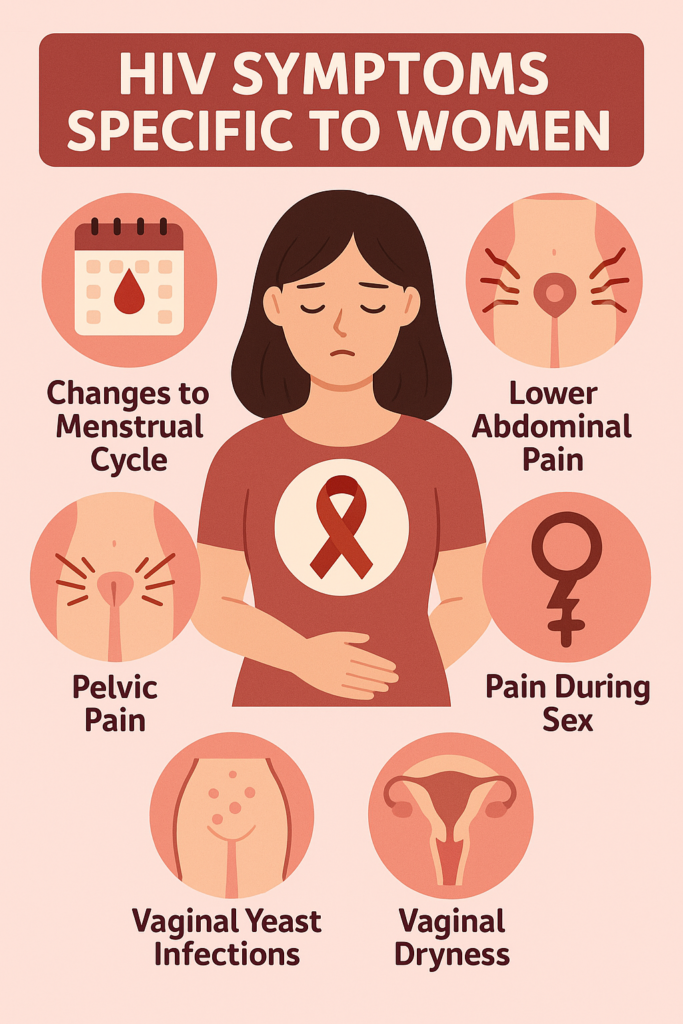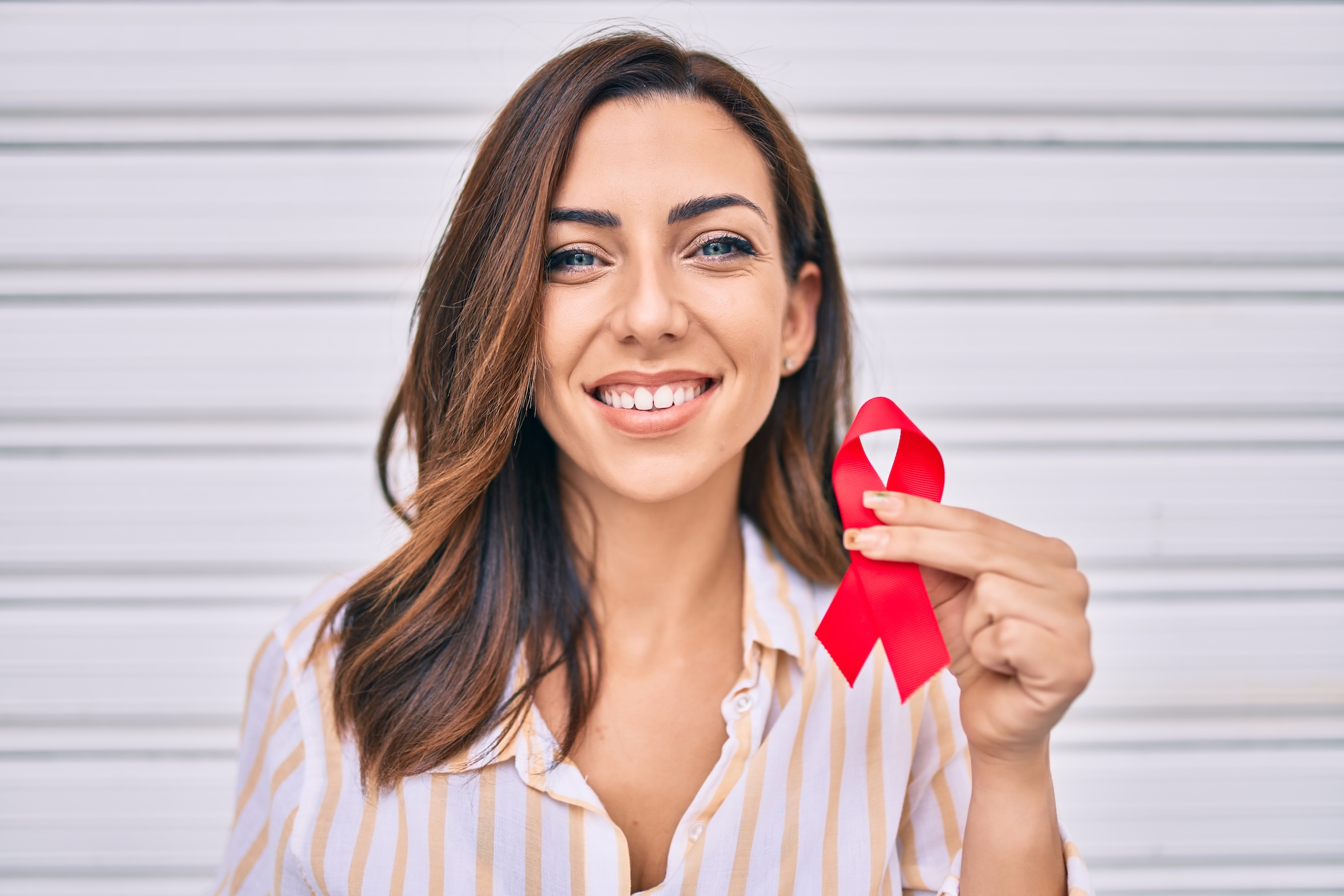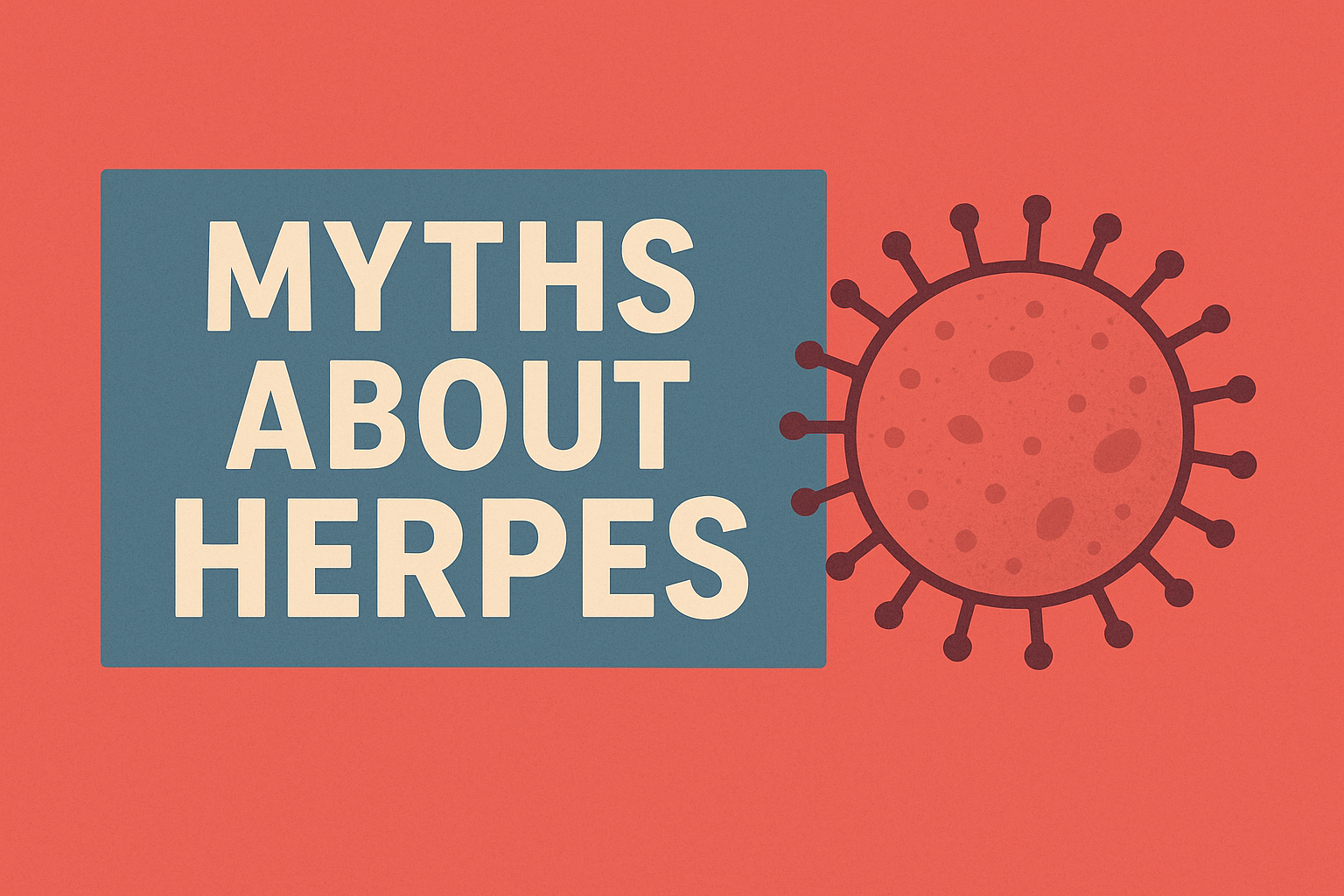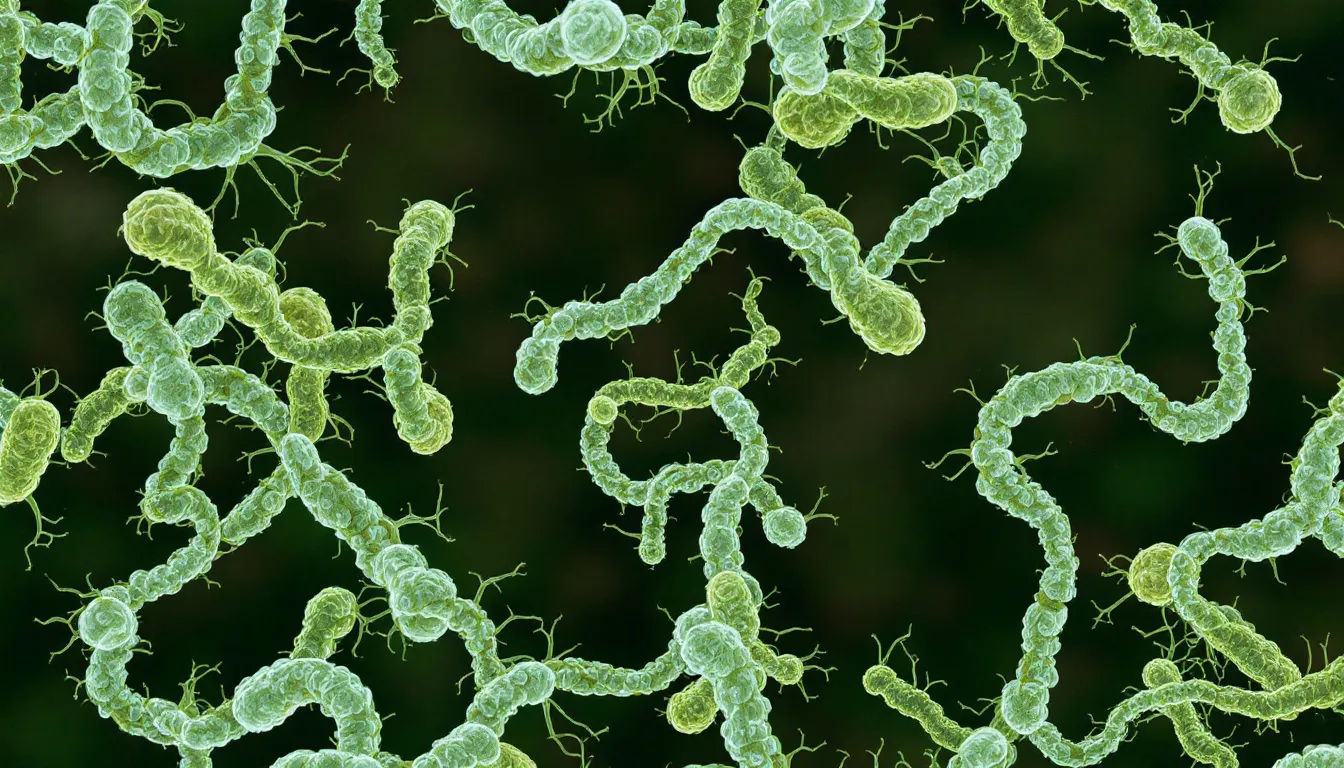HIV, or human immunodeficiency virus, is a condition that affects millions of people worldwide. While it can impact anyone, regardless of gender, women may experience some unique symptoms and challenges when it comes to HIV infection. Understanding the early signs of HIV in females, such as fever, fatigue, and swollen lymph nodes, is crucial for timely diagnosis and treatment. In this comprehensive guide, we’ll explore the key symptoms to watch out for, discuss testing options, and provide important information about HIV in women.
Early detection of HIV is vital for better health outcomes and preventing transmission to others. By knowing what to look for and when to seek medical attention, women can take control of their health and get the care they need.
Key Takeaways
Before we dive into the details, here are some important points to remember about early HIV symptoms in women:
- Early HIV symptoms can be similar to flu-like illnesses
- Some women may not experience any noticeable symptoms initially
- Regular testing is crucial, especially if you’ve been exposed to HIV
- Early diagnosis and treatment can lead to better long-term health outcomes
Understanding HIV and Its Stages
HIV is a virus that attacks the immune system, making it harder for the body to fight off infections and diseases. HIV destroys CD4 T cells, which coordinate the immune system’s response. The virus progresses through different stages, each with its own set of symptoms and challenges.
Acute HIV Infection
The acute stage is the earliest phase of HIV infection, typically occurring within 2 to 4 weeks after exposure to the virus. During this time, the virus multiplies rapidly in the body, and some people may experience flu-like symptoms. These symptoms may last a week or two before disappearing, even though the virus remains active in the body.
Chronic HIV Infection
Also known as asymptomatic HIV infection or clinical latency, this stage can last for years if left untreated. During this phase, the virus continues to multiply but at lower levels. Many people don’t have any HIV-specific symptoms during this time, and it is possible to go for 10 years or more without noticeable symptoms.
AIDS (Acquired Immunodeficiency Syndrome)
AIDS is the most severe stage of HIV infection. At this point, the immune system is severely damaged, making the person vulnerable to opportunistic infections and cancers. This stage is usually reached when the CD4 count drops below 200.
Early Signs of HIV in Females
While many early HIV symptoms are similar for all genders, women may experience some unique signs. It’s important to note that not everyone will have the same symptoms, and some people may not have any noticeable symptoms at all.
Common Early HIV Symptoms
- Fever: One of the most common early signs of HIV is a low-grade fever, typically around 100°F (37.7°C) or slightly higher.
- Fatigue: Feeling unusually tired or lacking energy can be an early indicator of HIV infection.
- Swollen lymph nodes: Lymph nodes in the neck, armpits, or groin may become swollen and tender.
- Sore throat: A persistent sore throat that doesn’t seem to go away with normal treatment could be a sign of HIV.
- Body aches and pains: Muscle aches and joint pain are common in the early stages of HIV infection.
- Skin rash: Some people may develop a red, flat, or slightly raised rash on their torso, face, or other parts of the body.
- Night sweats: Excessive sweating during sleep, often accompanied by fever, can be an early HIV symptom.
- Headache: Persistent headaches that don’t respond to typical treatments may be a sign of HIV infection.
HIV Symptoms Specific to Women

While many early HIV symptoms are similar across genders, women may experience some unique signs:
- Changes in menstrual cycle: Women with HIV may notice changes in their periods, such as heavier or lighter bleeding, or more severe premenstrual symptoms.
- Vaginal yeast infections: Recurrent yeast infections can be more common in women with HIV.
- Pelvic inflammatory disease (PID): Women with HIV may be more susceptible to PID, which can cause pelvic pain and fever.
- Human papillomavirus (HPV) infections: HIV-positive women are at higher risk for persistent HPV infections, which can lead to cervical cancer.
- Bacterial vaginosis: This common vaginal infection may occur more frequently or be more difficult to treat in women with HIV.
It’s important to remember that these symptoms can also be caused by other health conditions. If you’re experiencing any of these symptoms and are concerned about HIV, it’s crucial to get tested.
When to Get Tested for HIV
Knowing when to get tested for HIV is crucial for early detection and treatment. Here are some guidelines on when you should consider getting an HIV test: Testing is essential as the only way to know if someone has HIV is through an HIV test.
- After potential exposure: If you’ve had unprotected sex or shared needles with someone whose HIV status you don’t know, it’s important to get tested.
- Regular testing: The CDC recommends that everyone between the ages of 13 and 64 get tested for HIV at least once as part of routine health care.
- Higher risk groups: If you’re in a high-risk group (e.g., having multiple sexual partners, engaging in unprotected sex, or using intravenous drugs), you should get tested more frequently, potentially every 3 to 6 months.
- Pregnancy: All pregnant women should be tested for HIV as part of their prenatal care.
- Experiencing symptoms: If you’re experiencing any of the early HIV symptoms mentioned above, especially if you’ve had potential exposure, you should get tested.
HIV Testing Options
There are several types of HIV tests available, including:
- Antibody tests: These tests look for antibodies to HIV in your blood or oral fluid. They can take 23 to 90 days after exposure to detect HIV.
- Antigen/antibody tests: These tests look for both HIV antibodies and antigens. They can detect HIV in 18 to 45 days after exposure.
- Nucleic acid tests (NAT): Also known as the hiv rna test, this test looks for the actual virus in the blood. It can detect HIV about 10 to 33 days after exposure.
Your healthcare provider can help you determine which test is best for you based on your individual circumstances.
Living with HIV: Treatment and Management
If you test positive for HIV, it’s important to remember that with proper treatment, people with HIV can live long, healthy lives. Here are some key points about HIV treatment and management:
- Antiretroviral therapy (ART): This is the primary treatment for HIV. It involves taking a combination of HIV medicines every day. Antiretroviral treatment can reduce the level of the virus in the blood until it becomes undetectable in tests.
- Regular check-ups: People with HIV need to see their healthcare provider regularly to monitor their health and adjust treatment as needed.
- Healthy lifestyle: Eating a balanced diet, exercising regularly, and avoiding smoking and excessive alcohol can help maintain overall health.
- Mental health support: Living with HIV can be challenging emotionally. Many people find it helpful to join support groups or seek counseling.
- Preventing transmission: People with HIV can take steps to prevent transmitting the virus to others, including using condoms and taking their HIV medications as prescribed.
Prevention Strategies
Preventing HIV infection is crucial. Here are some effective strategies:
- Practice safe sex: Use condoms consistently and correctly during sexual activity.
- PrEP (Pre-Exposure Prophylaxis): This is a daily pill that can prevent HIV infection in people who are at high risk.
- PEP (Post-Exposure Prophylaxis): This is a short course of HIV medicines taken very soon after a potential exposure to HIV.
- Regular testing: Knowing your HIV status and that of your partner(s) is important for prevention.
- Avoid sharing needles: If you use intravenous drugs, never share needles or other drug equipment.
FAQs
How early can HIV symptoms appear?
HIV symptoms can appear as early as 2 to 4 weeks after infection. This early stage is known as acute HIV infection.
Can HIV be cured at an early stage?
While HIV cannot be cured at any stage, early detection and treatment can help control the virus and prevent it from progressing to AIDS.
Is weight loss an early sign of HIV?
Unexplained weight loss can be a symptom of HIV, but it’s usually not one of the earliest signs. It’s more common in later stages of the infection.
How early can HIV be detected?
The time it takes to detect HIV depends on the type of test used. Nucleic acid tests can detect HIV as early as 10 to 33 days after exposure, while antibody tests may take 23 to 90 days.
Is chest pain an early sign of HIV?
Chest pain is not typically considered an early sign of HIV. However, if HIV progresses to AIDS, opportunistic infections like pneumonia could cause chest pain.
Remember, if you’re concerned about HIV or experiencing any symptoms, it’s crucial to speak with a healthcare provider and get tested. Early detection and treatment can significantly improve health outcomes and quality of life for people living with HIV.
Sources
- HIV Symptoms in Women. (2024). https://www.webmd.com/hiv-aids/hiv-symptoms-men-women
- HIV and AIDS – Symptoms. (n.d.). https://www.nhs.uk/conditions/hiv-and-aids/symptoms/
- What are early signs of HIV in men and women? (2023). https://www.everlywell.com/blog/sti-testing/what-are-early-signs-of-HIV-in-men-and-women/
- Recognizing HIV Symptoms in Women. (2024). https://ada.com/conditions/hiv-symptoms-in-women/
- HIV Symptoms in Women. (n.d.). https://medlineplus.gov/hivinwomen.html






